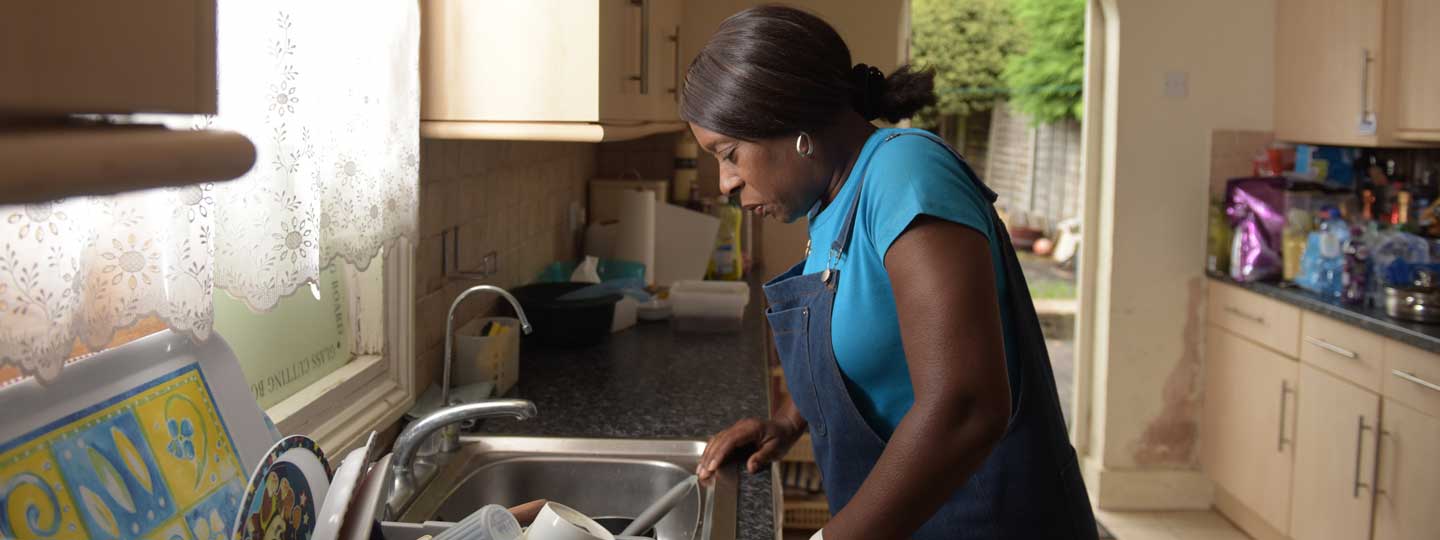All about palindromic rheumatism
05 September 2019
Palindromic rheumatism is a type of inflammatory arthritis. It causes attacks, or flare-ups, of joint pain and inflammation that come and go.
This happens because your immune system is attacking your joints by mistake. This leads to inflammation, which causes redness, swelling and extra fluid in and around the joints.
The joints look and feel normal between attacks, and the attacks don’t cause any lasting damage.
Palindromic rheumatism triggers and symptoms
We don’t yet know what causes the condition, although there may be genetic links. Other triggers are likely to play a part, such as infection, hormones or injury.
During an attack, the joints affected – and the tendons and area around them – will feel painful and stiff and may look swollen. They might also feel tender and hot, and the skin may look red.
Attacks usually start in one or two joints – often the hands. These joints quickly become painful, stiff and swollen. Other areas around these joints, such as the tendons, may also be affected. Attacks can move from joint to joint, and usually last for a few days. Eventually they stop, and the joints and tendons return to normal.
People with palindromic rheumatism usually have no symptoms between attacks. This is different from other types of inflammatory arthritis, such as rheumatoid arthritis, as people with these conditions have joint problems most of the time.
Palindromic rheumatism affects women and men equally and can start at any age, but it rarely affects children. Read Ruth's story and find out more about the research we are funding - Cloudy with a chance of Pain.
Effects of palindromic rheumatism
Some people feel very tired after an attack, and this fatigue can last for a few days or weeks. It can also affect your concentration and motivation. How often they happen, how long they last and what joints they involve is different for everyone.
Palindromic rheumatism doesn’t usually affect parts of the body outside the joints and tendons. However, some people might have a fever during an attack or develop nodules under the skin, near the affected joints.
Palindromic rheumatism and the NHS
Palindromic rheumatism can be confused with conditions such as gout and rheumatoid arthritis. To confirm a diagnosis, your GP should refer you to a rheumatologist.
Ideally, a doctor should examine you during an attack. If you can’t get to a doctor during this time, taking a photo of the affected joints and keeping a diary of your symptom scan help your doctor make a diagnosis.
Blood tests for erythrocyte sedimentation rate (ESR) and C-reactive protein (CRP) can be used for a diagnosis, as these show levels of inflammation in your body. Other blood tests can check for antibodies.
Some people with palindromic rheumatism may develop rheumatoid arthritis, which can cause permanent damage to the joints. This is particularly likely in people whose blood tests show rheumatoid factor or anti-CCP antibodies, which can be positive in rheumatoid arthritis.
Drugs are the main treatment option for palindromic rheumatism, and you can be given different ones to treat pain, inflammation and the condition itself. It’s important to work with your doctors to find the best treatment for you.
How can you help yourself
Rest your joints. You might find wrist splints and insoles for your shoes helpful. Once the inflammation has settled down, try doing some gentle exercise.
- Ice or heat pads, such as a bag of frozen peas or a hot-water bottle, can help ease pain and swelling, although make sure to wrap them in a tea towel before putting them on your skin.
- Pacing your activities will help you save energy and reduce any fatigue.
Find out more
For advice about managing the symptoms of your condition, you can view more information at versusarthritis.org/palindromic.
You can also call our free helpline for support whenever you need it. Find out about our services and support.